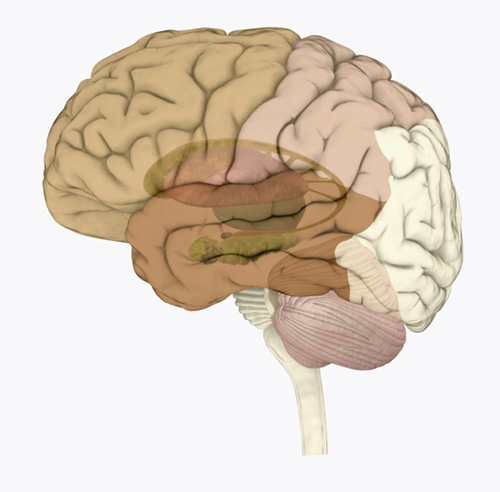 Researchers from Ohio State University have identified where the brain stores the time and place of memories. Their findings were recently published in the Proceedings of the National Academy of Sciences.
Researchers from Ohio State University have identified where the brain stores the time and place of memories. Their findings were recently published in the Proceedings of the National Academy of Sciences.
Researchers gathered nine women between the ages of 19 and 26 and provided them with smartphones. Each participant was required to wear the phone on a strap around her neck for a one-month period.
Each smartphone featured a custom “life-blogging” application that took photos throughout the day. The app recorded each picture’s date, location, and whether or not the participant was moving at the time the photo was taken.
At the end of the study, participants had their brains scanned using functional magnetic resonance imaging (fMRI). Each participant was shown 120 photos captured by their smartphones. Participants looked at each photo for eight seconds, during which time they were asked to recall the event in the photo and try to relive the experience. Researchers then grouped the photographs from each participant into pairs. Images in each pair were taken at least 16 hours and 100 meters apart; researchers compared the fMRI data for each pair of images.
Researchers discovered that the further apart in time and distance each pair of photos were, the greater the difference in activity of the left anterior hippocampus of the brain—this is the component of the brain that consolidates information from short-term memory and long-term memory. Such activity didn’t occur when a participant was unable to recall a memory.
The study’s senior author, Per Sederberg, notes, “We found that the hippocampus represents time and space for at least a month of memories spanning up to 30 kilometers (19 miles) in space. It is the first time we’ve been able to study memories on the scale of our lives.”
Sederberg is hopeful their findings could help researchers better understand the mechanisms behind memory loss among Alzheimer’s disease patients.
Sources for Today’s Article:
Sederberg, P.B., et al., “Human hippocampus represents space and time during retrieval of real-world memories,” Proceedings of the National Academy of Sciences, doi: 10.1073/pnas.1507104112, http://www.pnas.org/content/early/2015/08/12/1507104112, published online August 17, 2015.
Whiteman, H., “Researchers pinpoint where the human brain stores time and place of memories,” Medical News Today web site, August 18, 2015; http://www.medicalnewstoday.com/articles/298231.php.
